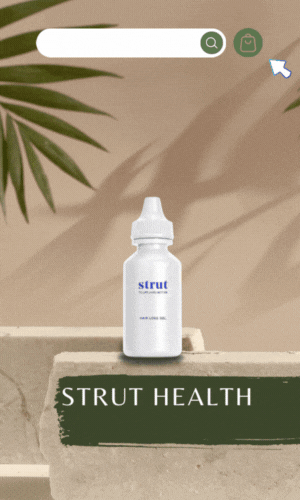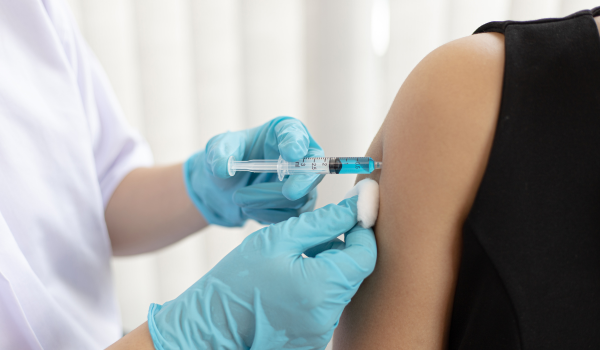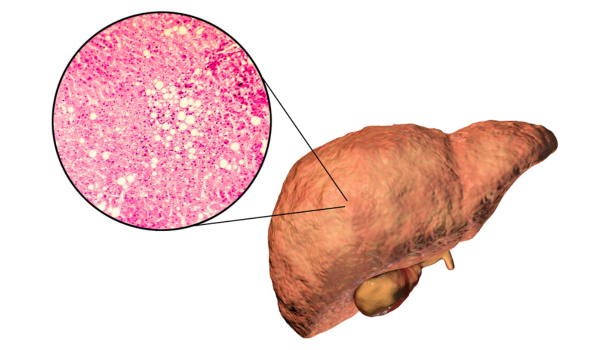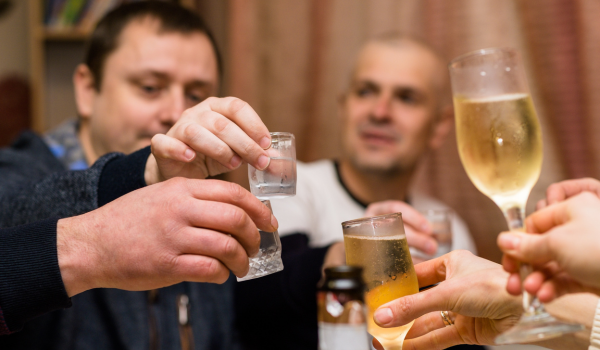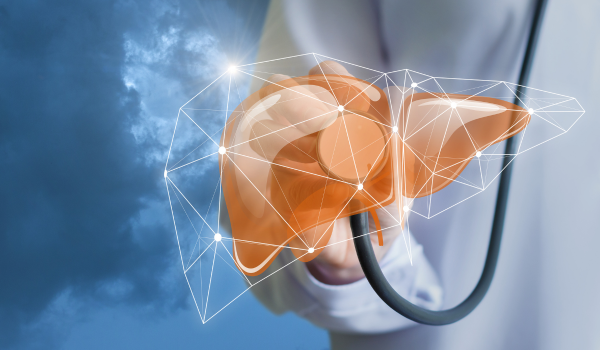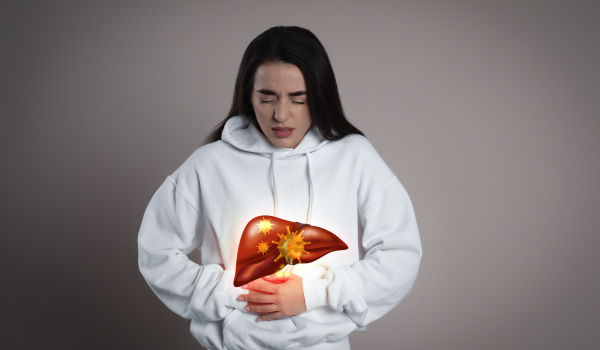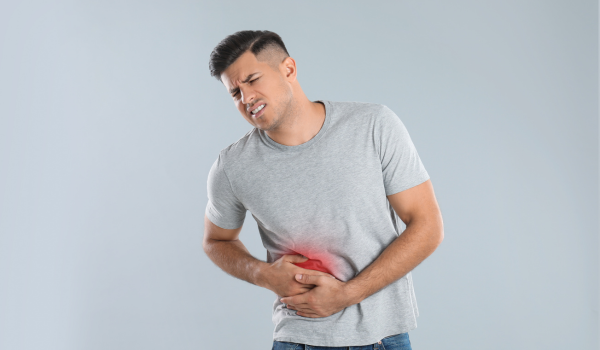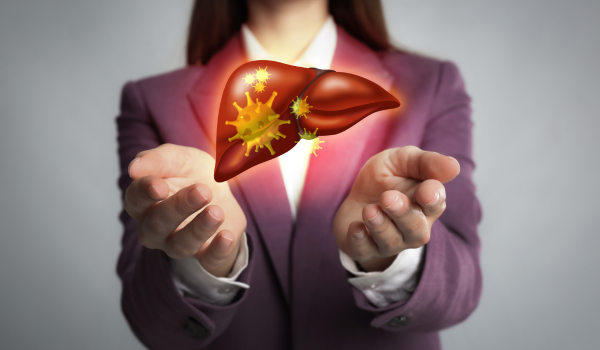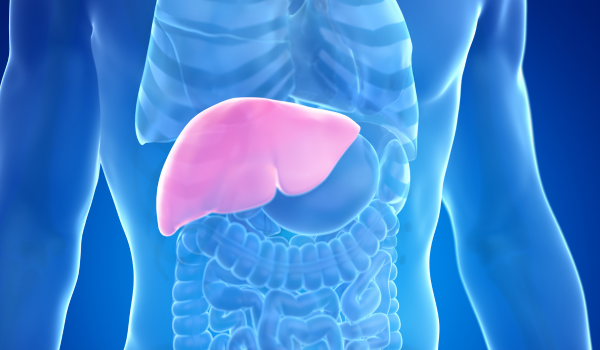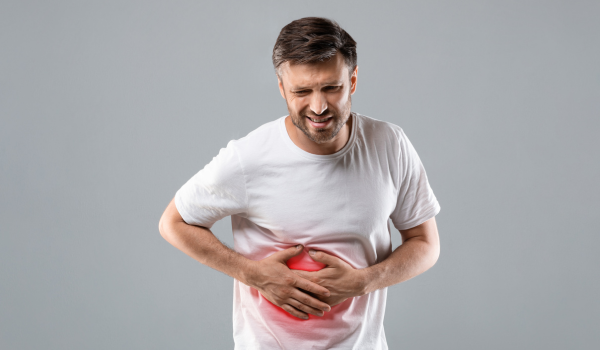
Overview
The liver is one of the most remarkable and versatile organs in the human body. Weighing about three pounds in an average adult, it is the largest internal organ and gland. Located in the upper right portion of the abdomen, beneath the diaphragm and above the stomach, the liver serves as the body’s chemical processing plant.
From detoxifying harmful substances to producing proteins essential for blood clotting, the liver plays a central role in maintaining overall health. Understanding its functions not only highlights its importance but also reinforces why liver health must be prioritized.
Anatomy and Location
The liver’s unique structure allows it to perform multiple functions simultaneously.
-
Location: Upper right abdominal cavity, beneath the diaphragm.
-
Lobes: Divided into right and left lobes.
-
Dual blood supply: Receives oxygen-rich blood from the hepatic artery and nutrient-rich blood from the portal vein.
This dual blood supply ensures the liver can process nutrients and oxygen efficiently while filtering toxins.
Metabolism of Nutrients
One of the liver’s primary roles is metabolizing nutrients from the food we eat.
Carbohydrate metabolism:
-
Converts excess glucose into glycogen for storage.
-
Breaks down glycogen back into glucose when energy is needed.
Protein metabolism:
-
Converts amino acids into energy or other compounds.
-
Removes ammonia, a toxic byproduct of protein breakdown, converting it into urea for excretion.
Fat metabolism:
-
Produces bile to break down fats.
-
Converts excess carbohydrates and protein into fatty acids and triglycerides.
Detoxification
The liver acts as the body’s main detox center, filtering harmful substances from the blood.
-
Toxins: Processes alcohol, drugs, and environmental toxins.
-
Byproducts: Breaks down waste from the body’s own metabolism.
-
Defense: Neutralizes harmful chemicals before they reach other organs.
Without this detox function, harmful compounds would accumulate, leading to serious health problems.
Bile Production and Digestion
Bile is a greenish fluid essential for fat digestion and absorption.
Production:
-
Made continuously by liver cells.
Storage and release:
-
Stored in the gallbladder and released into the small intestine after meals.
Function:
-
Emulsifies fats, allowing enzymes to break them down.
-
Helps absorb fat-soluble vitamins (A, D, E, K).
Storage of Nutrients
The liver stores essential nutrients and releases them into the bloodstream when needed.
-
Glycogen: Stored form of glucose for quick energy.
-
Vitamins: Especially A, D, E, K, and B12.
-
Minerals: Iron and copper.
This storage function ensures a steady supply of nutrients even during fasting.
Blood Filtration and Circulation
Every drop of blood from the digestive system passes through the liver before circulating elsewhere.
-
Filtering: Removes bacteria, toxins, and old red blood cells.
-
Processing: Adjusts nutrient levels and removes excess hormones.
-
Support: Produces proteins that maintain fluid balance and blood volume.
Protein Synthesis
The liver produces key proteins essential for life:
-
Albumin: Maintains fluid balance in blood vessels.
-
Clotting factors: Enable proper blood clotting.
-
Transport proteins: Carry hormones, vitamins, and drugs through the blood.
A decline in liver function can lead to swelling, bleeding disorders, and poor nutrient transport.
Immune Function
The liver is a key player in the immune system, protecting the body from infections.
-
Kupffer cells: Specialized immune cells in the liver that destroy bacteria, viruses, and worn-out blood cells.
-
Barrier role: Filters pathogens from the blood before they can spread.
Hormone Regulation
The liver helps maintain hormonal balance:
-
Breaks down and removes excess hormones such as insulin, estrogen, and cortisol.
-
Produces proteins that transport hormones.
-
Converts thyroid hormone T4 into its active form T3.
Regeneration Ability
Unlike most organs, the liver has the remarkable ability to regenerate lost tissue.
-
Partial regeneration: Can regrow to normal size even after surgical removal of up to 70% of its mass.
-
Healing: This regenerative power helps recovery from injury or surgery, though chronic damage can overwhelm it.
Signs of Liver Trouble
While the liver can recover from mild damage, certain signs indicate problems:
-
Persistent fatigue
-
Yellowing of skin or eyes (jaundice)
-
Dark urine or pale stools
-
Swelling in the abdomen or legs
-
Easy bruising or bleeding
Recognizing these symptoms early can lead to better treatment outcomes.
Keeping the Liver Healthy
Maintaining liver health is essential for overall well-being.
Lifestyle tips:
-
Eat a balanced diet rich in fruits, vegetables, lean proteins, and whole grains.
-
Limit alcohol and avoid binge drinking.
-
Maintain a healthy weight to prevent fatty liver disease.
-
Get vaccinated for hepatitis A and B.
-
Avoid sharing needles and practice safe sex.
-
Use medications responsibly and only as prescribed.
-
Stay active with regular exercise.
Conclusion
The liver is not just an organ—it is the body’s biochemical powerhouse. Its functions in metabolism, detoxification, digestion, immunity, and hormonal balance make it essential for life. Protecting the liver through healthy habits, regular check-ups, and early detection of problems ensures it can continue to perform its life-sustaining duties for decades to come.
